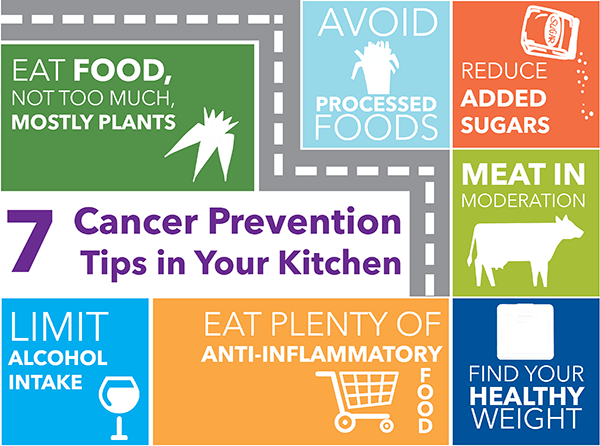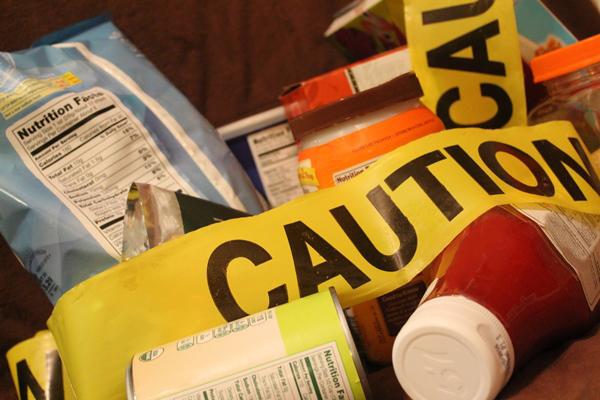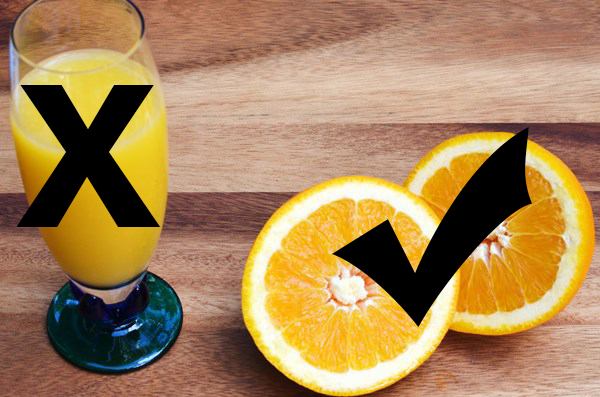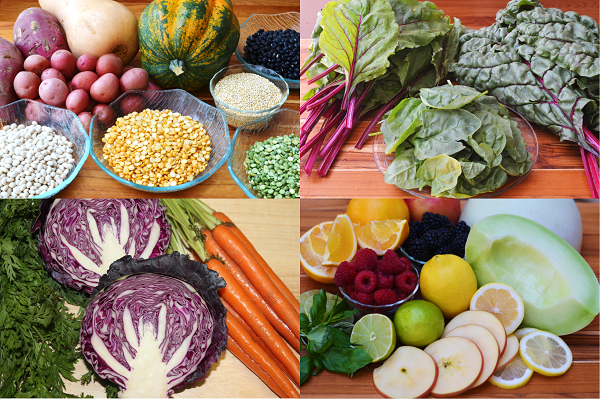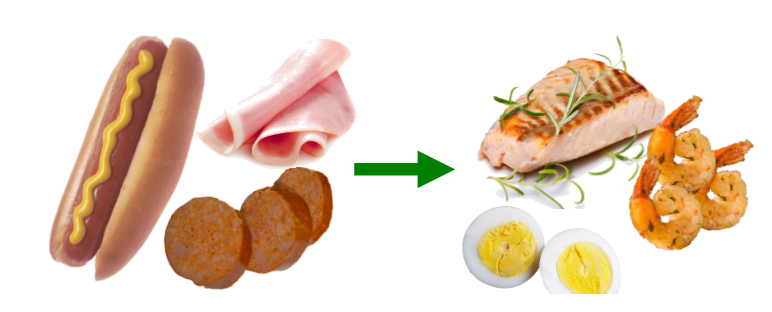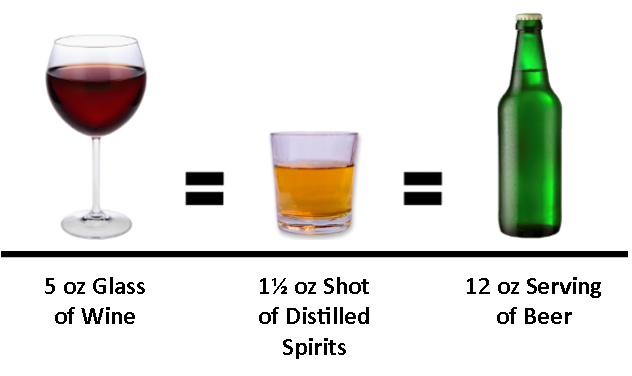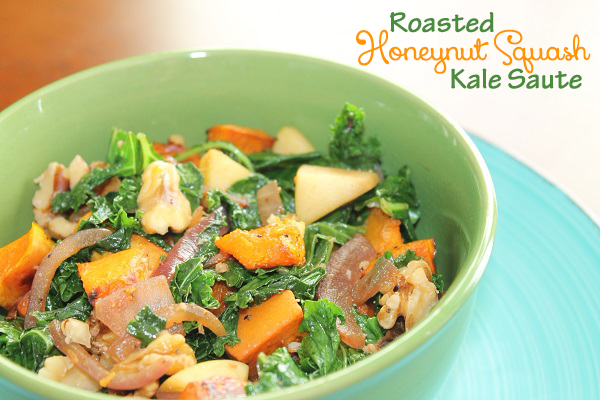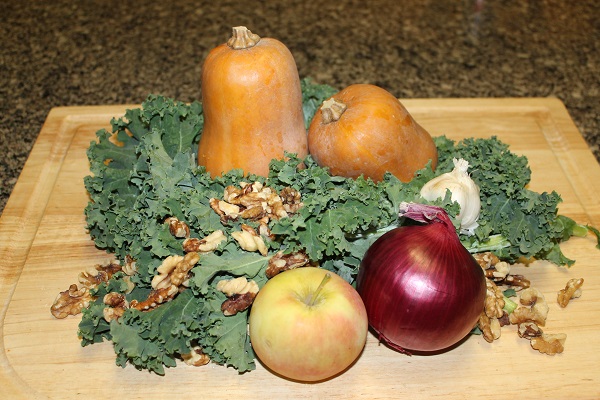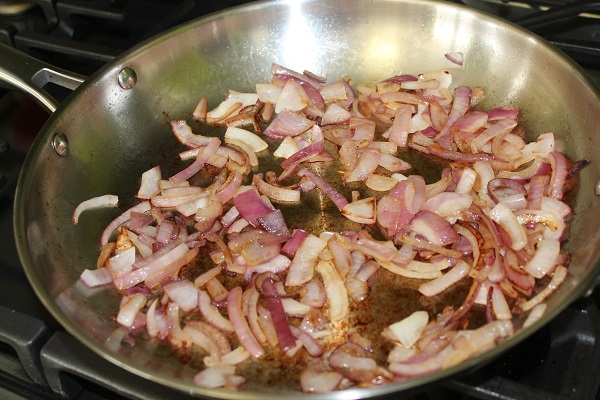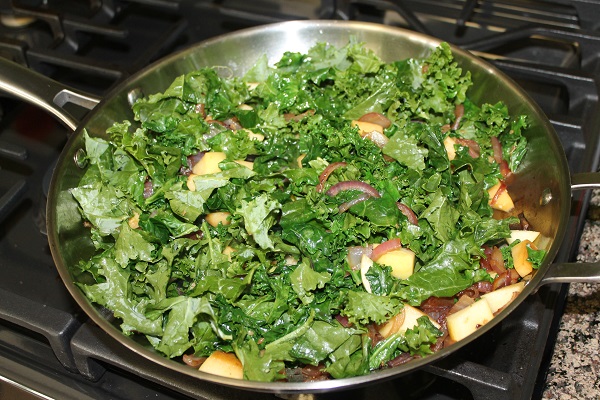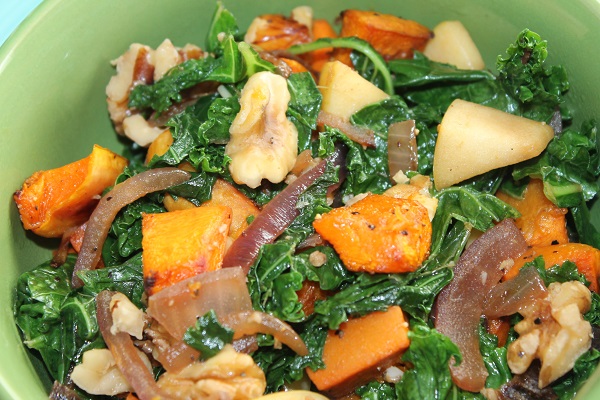Cancer is a pretty scary word and is something that affects most of us, either directly or indirectly. It is a complex condition with possible causes including: poor diet, environmental toxins, genetics, infections, viruses, stress, tobacco use, lack of exercise and more. While no one knows the exact cause of cancer, studies suggests that 30-40% of all kinds of cancer can be prevented with a healthy lifestyle and dietary considerations. 30-40% of all kinds of #cancer can be prevented with a healthy lifestyle and dietary considerations. #saslife Click To Tweet
The foods you eat can protect against cancer or increase your risk of certain cancers. While there are plenty of “cancer fighting foods,” there isn’t one single super food that can protect us from cancer. Instead, the overall synergy of compounds in our diet offers the strongest protection against cancer.
The nutrition recommendations for cancer prevention are very similar to those for preventing other chronic diseases like diabetes and heart disease and for maintaining overall health. Check out the 7 Cancer Prevention Tips below and start eating to lower your cancer risk today!
1. Eat plenty of anti-inflammatory foods.
Inflammation plays a critical role in cancer development and progression as well as many other chronic diseases. Aim to consume 4-5 cups of brightly colored vegetables and 2 servings of whole fruit daily (no fruit juice!- you’ll read why in a bit) to help ensure a generous supply of anti-inflammatory phytonutrients, antioxidants, vitamins and minerals that will help lessen the risk of developing cancer. If you’re thinking “how in the world will I ever eat that many vegetables in one day?” don’t worry- it can easily be done! Check out this blog to find out how.
Foods that INCREASE inflammation include:
- Sugar
- Refined oils
- Processed carbohydrates
- Processed meats
Foods that DECREASE inflammation include: 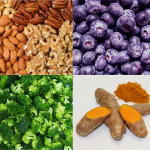
- Brightly colored fruits and vegetables
- Dark, leafy greens
- Certain spices like turmeric, ginger and garlic
- Omega-3 fats
- and many more!
Read more about anti-inflammatory foods here.
Note About Refined Oils
According to the University of Maryland Medical Center, the typical American diet contains 14-25 times more omega-6 fatty acids than omega-3 fatty acids…this is not a good thing! Refined oils such as corn, soybean, cottonseed and sunflower (and the processed foods that contain them) are high in omega-6 fatty acids which are pro-inflammatory.
Limit your intake of omega-6 fats, instead choosing omega-3 rich foods (cold water fish like salmon, sardines and mackerel, walnuts, flaxseeds, and high quality cuts of grass-fed meats) and other healthy fats (avocado, good quality olive oil, nuts, seeds, etc). It’s also important to avoid trans fat (partially hydrogenated oils) and products that contain them which are also inflammatory.
Find out more truth about fats here.
2. Avoid processed foods as much as possible.
Processed foods are often full of added sugars and refined oils and carbohydrates - all of which can lead to inflammation and, in turn, increased cancer risk. These foods are also generally calorie-dense and nutrient-void, adding to your waistline while leaving little room for healthy, cancer fighting foods.
Get the “rubbish” out of your food! Food additives and preservatives are often added to processed foods to prolong shelf life and enhance the appearance and flavor of foods. These ingredients have a possible role in cancer risk so it’s best to avoid them whenever possible.
3. Reduce intake of Added Sugars.
By avoiding processed foods, you’ll by default also be reducing your intake of Added Sugars. Sugar feeds every cell in our bodies (even cancer cells) but sugar does not directly “feed” cancer. Instead, it’s the indirect effects of overconsuming sugar (increased weight and belly fat, higher insulin levels and related growth factors, etc) that puts you at a higher risk for developing cancer.
Avoid sugary drinks and limit calorie-dense foods high in sugar while keeping Added Sugar to less than 5% of your total daily calorie intake (about 6 teaspoons). And yes, this does include fruit juices! Once you extract the juice from multiple pieces of fruit to make one glass of juice, you end up with a glass of “sugar” which is why it is considered an Added Sugar.
Learn more about Added versus Natural Sugars HERE and where to find Hidden Sugars HERE.
4. "Eat food, not too much, mostly plants.”
Michael Pollan hit the nail on the head with this statement! Easier said than done though, right? The American Institute for Cancer Research (AICR) recommends consuming a plant-based diet with meat and dairy taking up 1/3 or less of the plate. Now, this doesn’t mean you have to become vegan, it just means you should share the spotlight and let vegetables, fruits, intact whole grains and legumes be the stars of the plate instead of meat.
When choosing produce, purchase organic when possible to reduce your exposure to pesticides, herbicides and fungicides which can have carcinogenic properties. Use the Environmental Working Group’s Dirty Dozen Guide to help decide which foods have the highest (and lowest) pesticide content.
It’s important to remember that we don’t know which specific component of plant-based foods are the most protective against cancer, so be sure to consume a wide variety of whole foods. Again, it’s the overall synergy of our diet that offers the strongest protection against cancer.
Check out this list of Foods that Fight Cancer from AICR.
5. Moderate meat consumption and avoid processed meats.
Studies have shown that eating 50gm of processed meat daily (equivalent to about 4 strips of bacon or 1 hot dog) increases risk of colorectal cancer by 18% and eating 100gm of red meat daily (equivalent to about the size of a deck of cards) increases the risk by 17%.
By eating more vegetables, fruits, intact whole grains and legumes, you’ll likely already be reducing your red and processed meat consumption. Avoid processed meats (hot dogs, ham, bacon, sausage, some deli meats) as much as possible. Meat is considered processed if it has undergone treatment for flavor enhancement or preservation such as adding salt or sodium nitrate to prevent the growth of germs or smoking to preserve/enhance color and flavor.
If you currently consume red meat (beef, pork, lamb, veal), you don’t necessarily need to cut it out all together because it is a good source of protein, iron, zinc, B12 and other nutrients. Instead, limit intake of red meat by eating smaller portions, incorporating more fish and chicken and having more meatless meals using beans or lentils.
When selecting meats, opt for organic, grass-fed meats when possible. This will help reduce antibiotic exposure and provide higher levels of vitamins, minerals and omega-3 fats. When cooking meats, avoid cooking over high heat which can lead to the production of heterocyclic amines (HCA) and polycyclic aromatic hydrocarbons (PAH) which can be carcinogenic.
6. Limit alcohol intake.
According to this 2013 article, an estimated 3.5% of all cancer deaths in the US (or about 19,500 deaths) were alcohol related. Research indicates that the more alcohol a person drinks (especially if consumed regularly over time), the higher the risk of developing an alcohol-associated cancer.
Alcohol increases the risk of cancer by:
- Metabolizing ethanol to acetaldehyde (a toxic chemical and probable carcinogen)
- Generating reactive oxygen species which can damage DNA, proteins and lipids through oxidation
- Impairing the body’s ability to break down and absorb a variety of nutrients that may be associated with cancer prevention (vitamin A, folate, vitamin D, carotenoids, etc.).
If you consume alcohol at all, do so in moderation. This means no more than 1 drink per day for women and 2 drinks per day for men. A serving is equivalent to 5oz of wine, 1.5oz of liquor, or 12oz of beer.
7. Find your healthy weight.
By doing all of the above tips, you will (likely) be able to find your healthy weight. Being overweight or obese is related to as many as 1 in 5 cancer-related deaths and the AICR estimates that being at a healthy weight could prevent almost 122,000 cases of cancer annually in the US alone.
Obesity is linked to increased cancer risk for several reasons including:
- Higher levels of insulin and insulin-like growth factor-1 (IFG-1) which can promote the development of certain tumors
- Chronic low-level inflammation (see more on this above in Tip #1)
- Metabolic activity of fat cells (generate hormones and produce inflammatory factors which can accelerate the growth of cancer cells).
It’s important to remember that everyone’s “healthy weight” is different. Find and maintain the weight that you and your healthcare provider are comfortable with, without becoming too lean or underweight (which carries its own set of health risks).
And of course, be physically active daily (at least 30 minutes of moderate activity) and don’t smoke. But those aren’t kitchen tips 🙂
Roasted Honeynut Squash Kale Saute
Makes 4 Servings
Recipe Adapted from: Simply Recipes
This cancer-fighting dish was inspired by the adorable honeynut squash I ran across at Trader Joe's. My first thought was "honey, I shrunk the squash"...butternut squash that is!
Honeynut squash is a combination of butternut and buttercup squash varieties and while they may be small, they are packed with sweetness and loaded with beta-carotene!
Ingredients
2 honeynut squash*, cubed (from about 1.5lbs whole honeynut squash)
1 tsp olive oil
1 tsp balsamic vinegar
¼ tsp salt
Pinch of black pepper
1 Tbsp olive oil
1 large red onion*, quartered and sliced
3 cloves garlic*, minced
1 tsp balsamic vinegar
6 cups thinly sliced kale*, center ribs removed (from about 1 bunch of kale)
1 medium apple*, cubed
½ cup slightly broken up walnuts*
Salt and pepper, to taste
Notes
- If you can’t find honeynut squash, you can substitute other winter squashes like butternut or acorn squash.
- You could also use ⅓ cup dried cherries*, dried cranberries* or pomegranate seeds* instead of the apple.
* = Cancer fighting foods!
Click links above to read more about each individual food.
Directions
1. Preheat oven to 425⁰F. Place cubed honeynut squash in a bowl and toss with 1 tsp olive oil, 1 tsp balsamic vinegar, salt and pepper.
2. Spread onto a lined baking sheet and roast in the oven for 25 minutes or until the squash is cooked through and browned on the edges.
3. While the squash is roasting, prep the other ingredients (wash and cut onion, kale, apple, etc).
4. About 15 minutes into roasting the squash, heat 1 Tbsp olive oil on medium heat. Add sliced red onion and toss to coat. Cook 7-8 minutes or until softened and starting to caramelize. Add minced garlic and cook 1 minute more.
5. Add 1 tsp balsamic vinegar, apple and kale. Stir until kale is mixed well (tongs work great for this). Cook for a few minutes until the kale is just wilted.
6. Stir in walnuts and roasted honeynut squash and add salt and pepper, to taste.
7. Serve with chicken, pork tenderloin, salmon or any other protein and enjoy!
